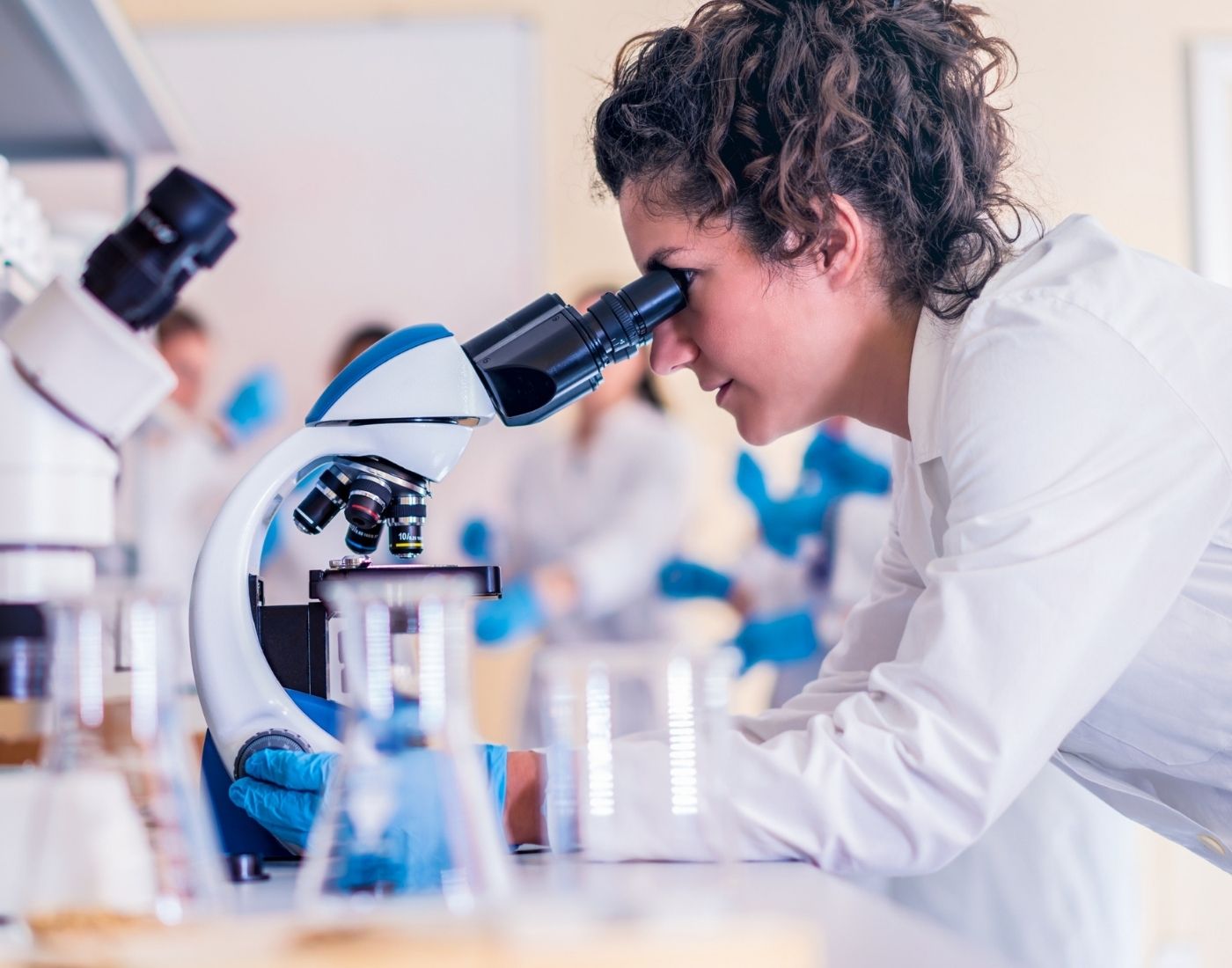Contamination can occur at any stage of food production, either in agriculture or during the manufacturing, storage, transport or food preparation processes.
Environmental and naturally occurring contaminants can enter the food chain at the primary production stage (growing crops or raising animals). These sources of contamination may be from:
- contaminated land or water from either from human activity (such as from industrial pollution, incinerators, landfill or fires) or from natural occurrences (such as growing crops in soils containing lead, cadmium or arsenic)
- contamination of crops with plant diseases or from naturally occurring compounds from weeds and mycotoxin-producing moulds (such as plant alkaloids or mycotoxins). These may be affected by climate conditions such as drought or excessive rainfall
Chemical contamination can also enter the food chain during secondary production (manufacture) and are called process contaminants.
Chemical contaminants may be harmful above certain levels. Exposure and risks to consumers from chemical contaminants are managed using a variety of measures including good practice guidance for food producers and regulatory controls.

